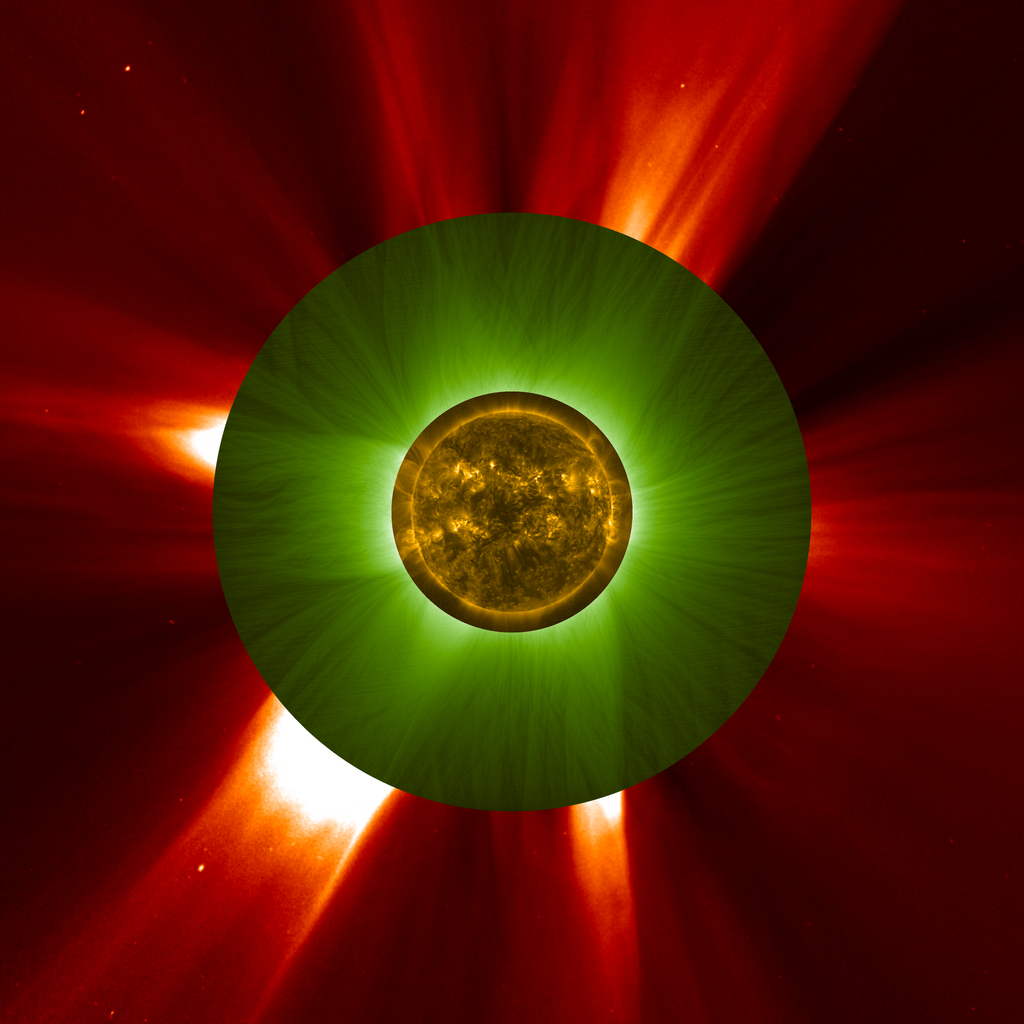For hundreds of years, the only time mankind could see the Sun’s corona, which is the highly hot and ethereal outer atmosphere, was during a total solar eclipse. But the European orbit Agency (ESA) has now gone above that boundary by making the first artificial solar eclipse in orbit.
The Proba-3 mission, which began in December 2024, has successfully delivered two satellites into orbit that are flying in perfect formation. One spacecraft casts a perfect shadow over the other, showing the Sun’s corona in a way that has never been done before. The first photographs, which came out in June 2025, represent a huge stride forward for solar science. They could finally help us figure out why the corona is 200 times hotter than the surface of the Sun and how its explosive eruptions could damage electronics on Earth.
The Eclipse Machine: How Two Satellites Outperformed the Moon
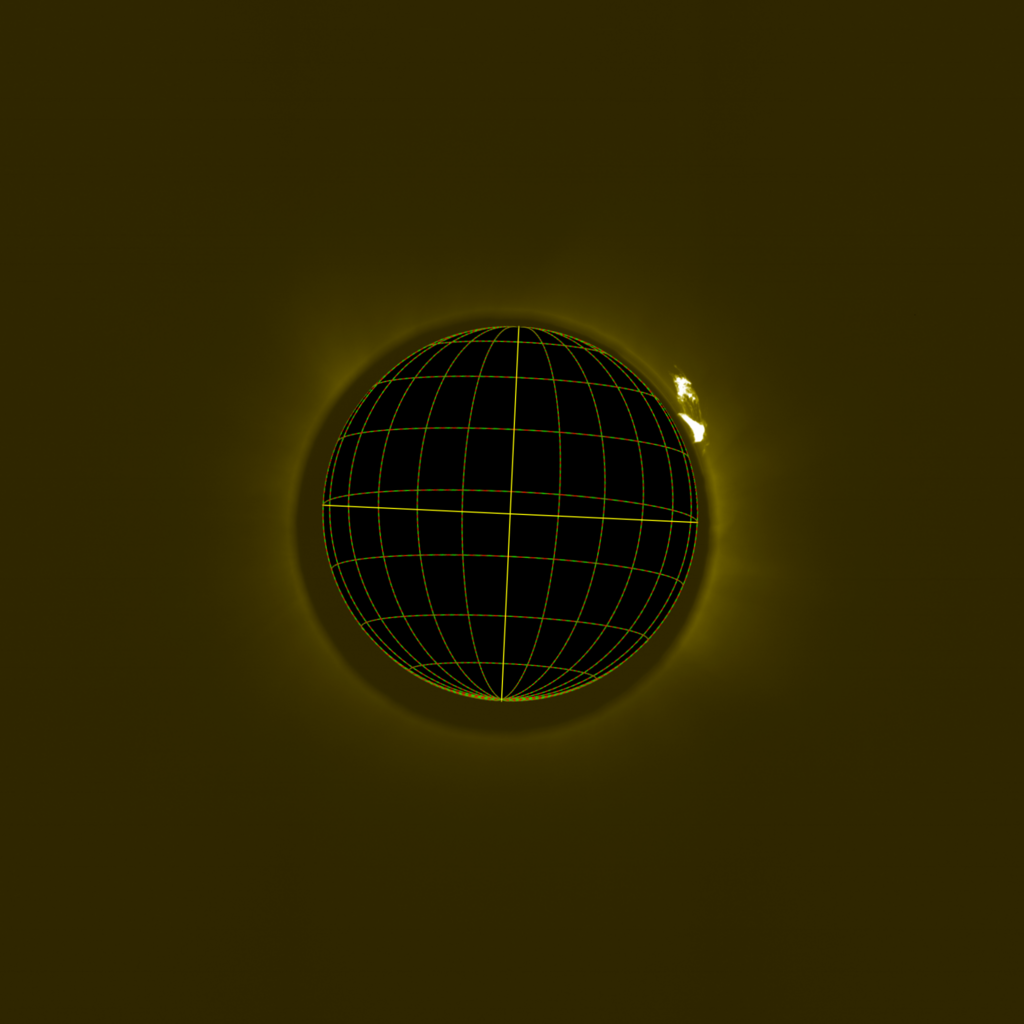
Total solar eclipses on Earth are cosmic coincidences, since the Moon fortuitously looks the appropriate size to obscure the Sun. However, Proba-3’s twin satellites, the Coronagraph and the Occulter, have meticulously created their own eclipse with remarkable precision. The 1.4-meter-wide Occulter, positioned 150 meters apart, projects an 8-centimeter shadow onto the Coronagraph’s sensor, simulating the Moon’s alignment with significantly enhanced precision.
In contrast to natural eclipses that endure only a few minutes, Proba-3 can maintain its artificial eclipse for six hours every orbit, enabling real-time observation of the corona’s dynamics. “We obtained these images on the initial attempt,” stated Andrei Zhukov, Principal Investigator for the mission’s ASPIICS instrument. “It resembles the ability to summon a solar eclipse at will.”
Cracking the Corona’s Greatest Mystery: Why Is It So Hot?
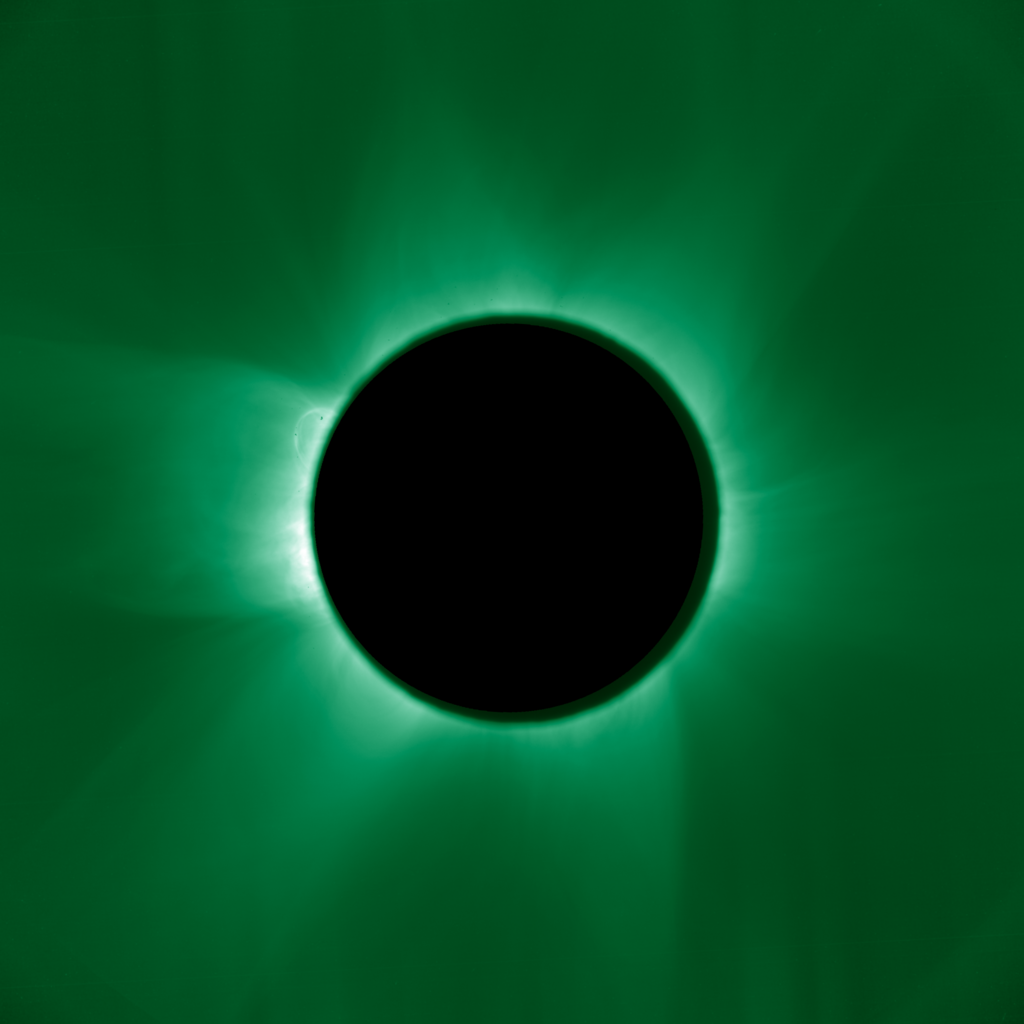
The surface of the Sun is 5,500°C (10,000°F), but its corona is over 1 million°C (1.8 million°F). This is a mystery that scientists have been trying to solve for years. Proba-3’s images are now giving us clues.
The mission has already taken pictures of “prominences,” which are huge loops of cooler plasma (still very hot at 10,000°C) that are floating in the corona. These structures, together with magnetic field interactions, might be what makes the corona so hot. Zhukov says, “The corona is a plasma physics lab.” “To understand it means to be able to predict solar storms before they fry our satellites.”
A Space Ballet: The Most Precise Formation Flight Ever
Maintaining the perfect relative distance of 150 meters between two satellites is akin to needle threading while on a roller coaster. For Proba-3, this challenge is solved using lasers coupled with GPS systems and cold-gas thrusters capable of millimeter-level positioning adjustments, something never before done autonomously in orbit.
The atmosphere of the Earth thins out substantially around 60,000 km at an altitude where apogee is located. “The precision is extraordinary,” says Dietmar Pliz, ESA’s Director of Technology. “This isn’t just for the Sun mission; there are prospect leaps for future missions for giant space telescopes that could be assembled from multiple spacecraft.”
From Apollo-Soyuz to Proba-3: A 50-Year-Old Dream Realized
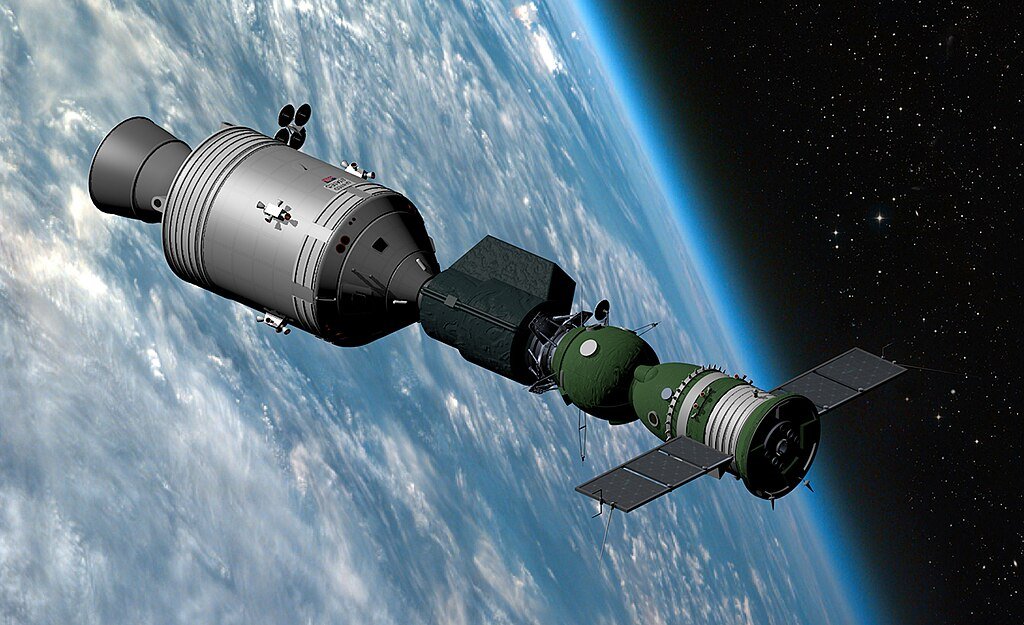
It has long been known that a synthetic eclipse can be created in many different ways. One example is the Apollo Soyuz mission, which attempted to achieve this in 1975 when the Apollo Capsule blocked the sun for Soyuz’s filming devices. Sadly, their attempt was thwarted because all of the photos captured during that period were ruined due to thruster ejected gas. “It was all done by hand, through a Soyuz window; now we’ve automated it at a scale once thought impossible,” Zhukov comments.
Proba-3’s success enables even more advanced spacecraft to operate as one colossal instrument remotely to create “virtual telescopes.” Future missions might be capable of deploying a swarm of satellites designed to observe black holes or image far-off exoplanets with clarity previously thought unattainable.
Solar Storms, Auroras, and Grid Failures: Why This Matters for Earth
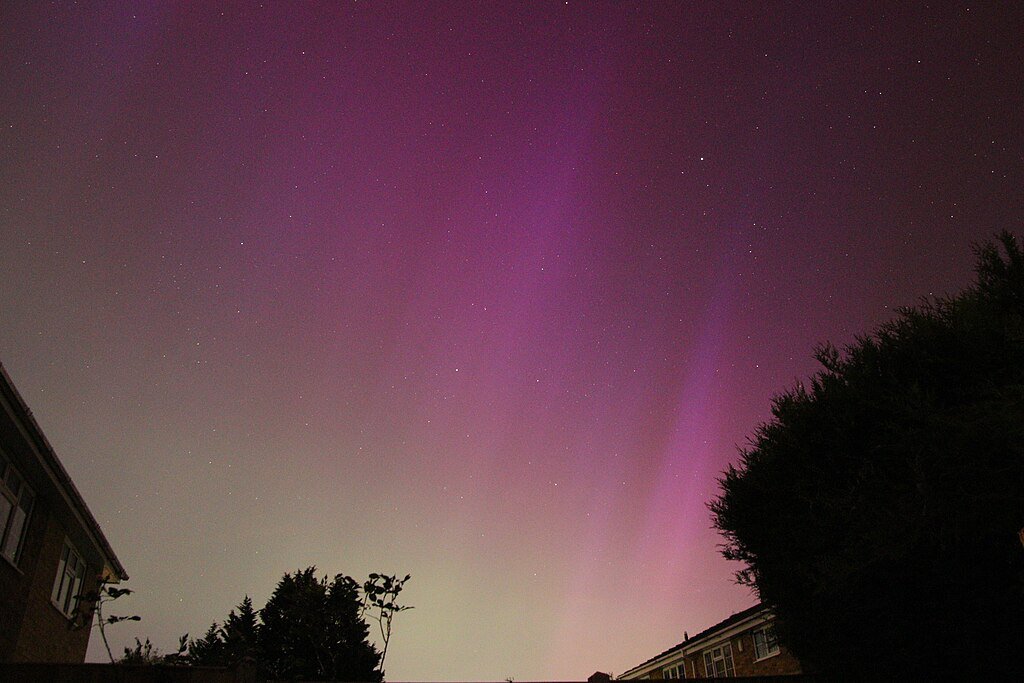
The corona is not only beautiful, but it is also dangerous. Coronal mass ejections (CMEs) send billion-ton plasma clouds hurtling towards Earth, which could damage power grids, GPS, and satellites. The solar storm in May 2024, which caused auroras as far south as Florida, was a very clear sign.
Long, sweeping portraits of the corona from Proba-3 are expected to sharpen space-weather forecasts, giving airlines and utility companies a heads-up before trouble strikes. Joe Zender, the mission’s project scientist, puts it plainly: Were finally spotting the inner corona, the precise zone where solar winds suddenly gain speed. He adds that the advance notice the spacecraft provides could spare the industry billions in emergency satellite repairs.
The Future: Open Data and a New Era of Solar Science
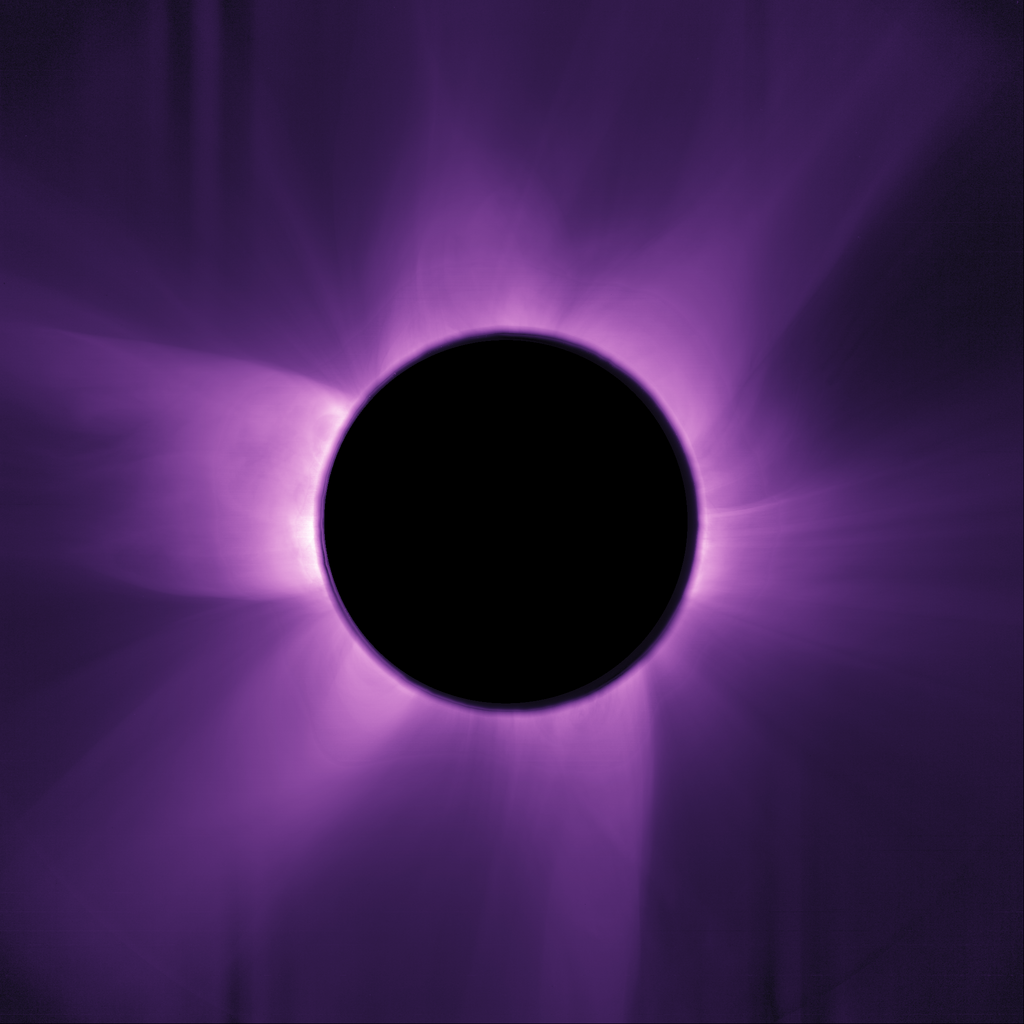
The European Space Agency is flipping the script by making every scrap of Proba-3 data public. Any researcher who wants to chase the corona s mysteries will be met with 1,000 hours of first-class eclipse footage-more than all of recorded historys natural eclipses rolled into one package.
Damien Galano, the mission’s hands-on manager, distills the moment nicely: Were not merely watching the Sun anymore. We’re dissecting it.
Final Thought: Will Eclipse Chasers Be Out of a Job?
That’s true-but, as one astronomer put it, the fancy eclipse machine still cant match the goosebumps of standing in the Moon’s shadow. Leonid Zhukov joked, Sure, totality is a rush; the new hardware gives us everything else.
For the first time in history the Suns hidden crown is no longer a brief flash of white light, its an open book just waiting to be read.
Sources:

Jan loves Wildlife and Animals and is one of the founders of Animals Around The Globe. He holds an MSc in Finance & Economics and is a passionate PADI Open Water Diver. His favorite animals are Mountain Gorillas, Tigers, and Great White Sharks. He lived in South Africa, Germany, the USA, Ireland, Italy, China, and Australia. Before AATG, Jan worked for Google, Axel Springer, BMW and others.

